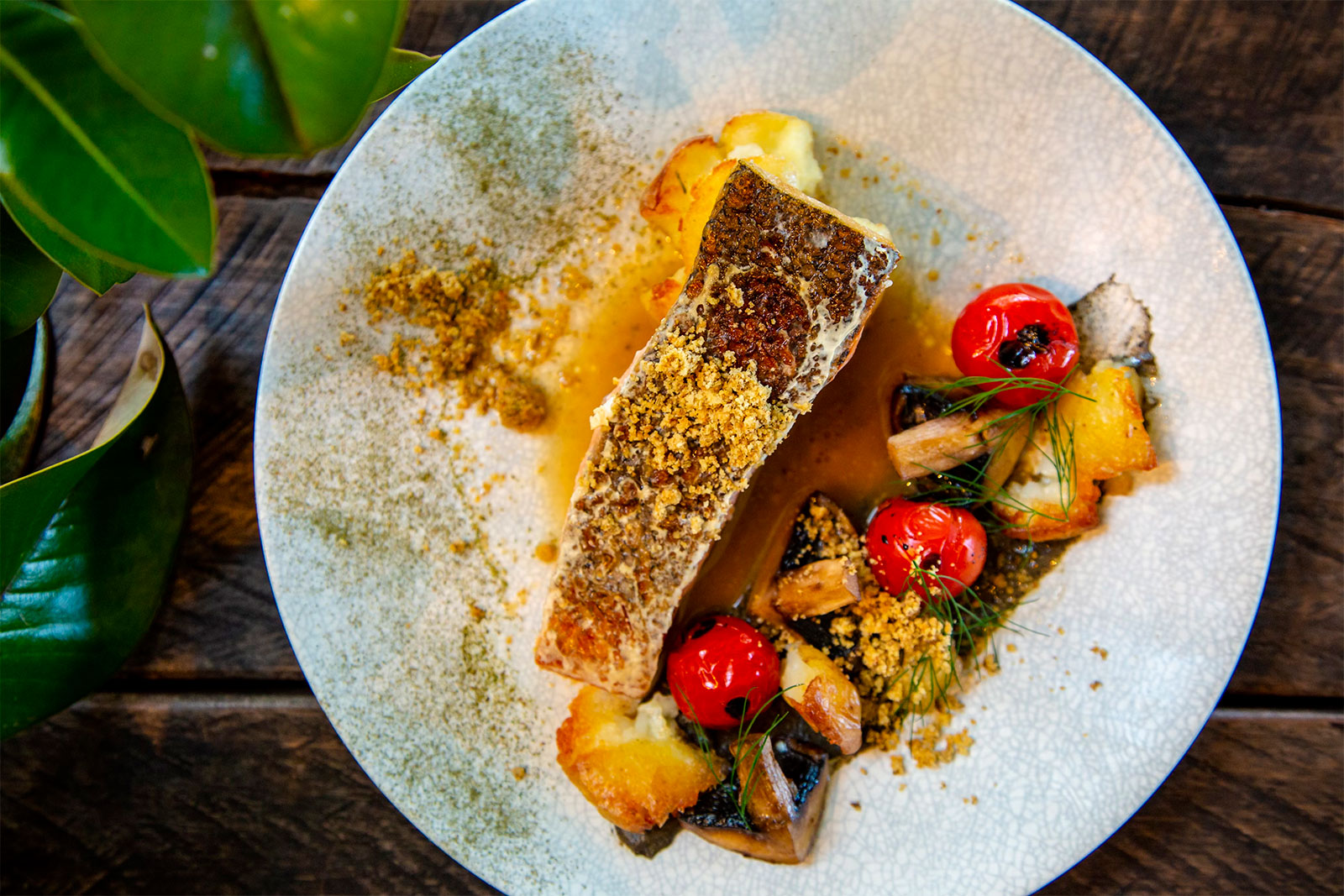What is the traditional French meal: structure, typical dishes, cultural rituals, and concrete examples for eating in France.
Eating in France is not limited to gourmet cuisine or fine dining. The traditional French meal follows a structure that is deeply rooted in the country’s social and historical habits. It is not only about food but about ritual, rhythm, and order. From family tables in rural villages to weekday lunches in urban households, the traditional French meal has long functioned as a cultural reference, not a performance. It reflects agricultural practices, regional identities, and a collective sense of time and place. Recognized by UNESCO in 2010 as part of the “intangible cultural heritage of humanity,” this way of eating in France is based on specific rules that remain present even as habits change. Yet, behind the international clichés of baguette, wine, and cheese lies a system with precise components, consistent expectations, and historical depth. Understanding what truly defines a traditional French meal requires an examination of its structure, its ingredients, and its place in everyday life.
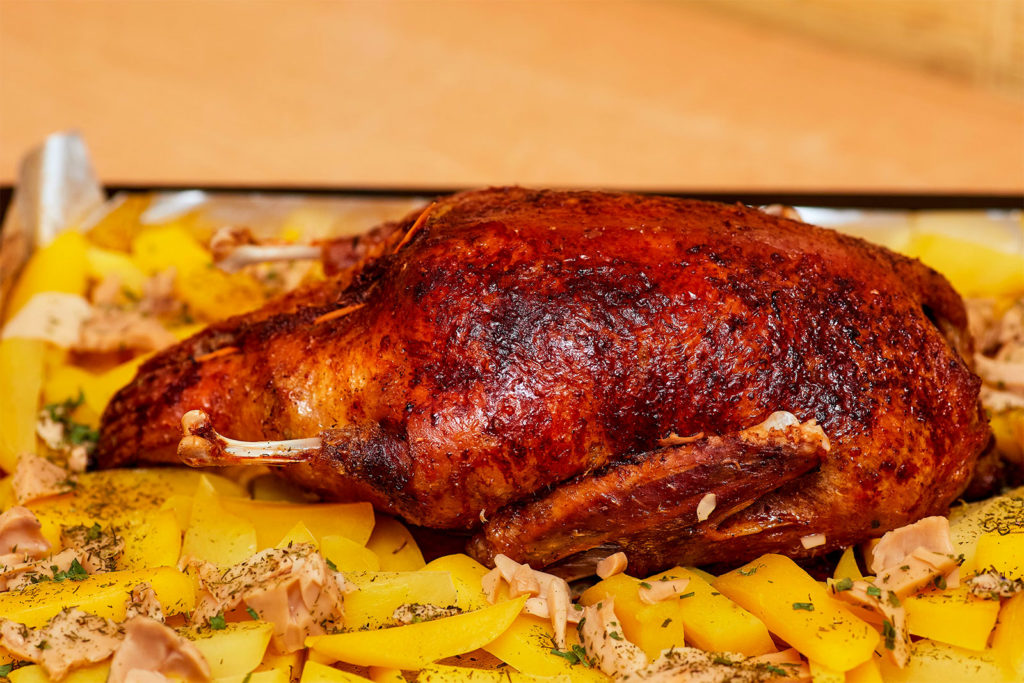
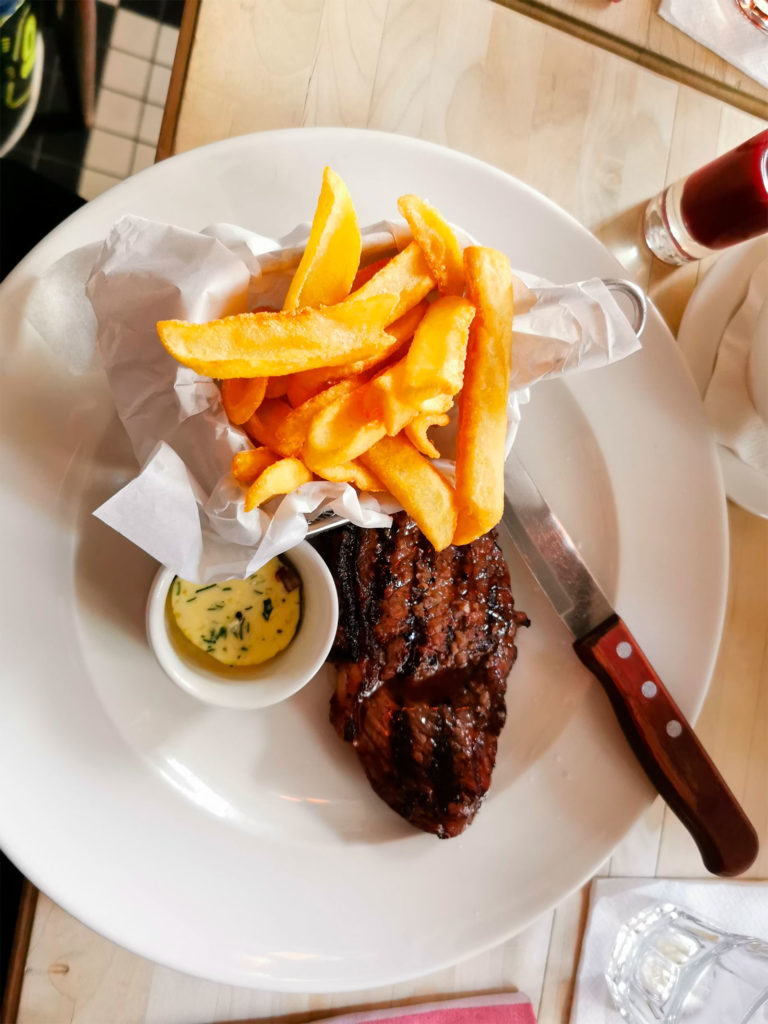
The structure of the traditional French meal
The traditional French meal typically follows a fixed sequence: entrée (starter), plat principal (main course), fromage (cheese), dessert, and often ends with coffee. In family or formal contexts, each part is served separately, with attention to timing and presentation. It is not about abundance but about rhythm and coherence.
The entrée is usually light. It can be a vegetable salad, a terrine, or a soup. Common examples include carottes râpées (grated carrot salad), salade de betteraves (beet salad), or pâté de campagne. Seasonal produce plays an essential role, especially in rural households where home-grown vegetables often determine the menu.
The main course contains a protein—meat, poultry, or fish—served with a starch or vegetable side. In a weekday meal, the dish might be poulet rôti avec pommes de terre (roast chicken with potatoes), or filet de poisson avec riz (fish fillet with rice). The cooking techniques favor simmering and roasting rather than frying. Even modest meals use traditional methods like braiser (braising) or blanquette (white stewing).
Cheese is usually served after the main course, not as a snack or starter. It is placed on the table with bread, without accompaniments. This practice persists across income levels and is not limited to affluent households. France produces over 1,000 types of cheese, from Camembert de Normandie to Bleu d’Auvergne. Consumption per person averaged 26.7 kg in 2023.
The dessert varies according to the day and household. It may be fruit, yogurt, or a homemade tarte aux pommes (apple tart). On weekends, more elaborate desserts like Île flottante or clafoutis may appear.
Meals often end with black coffee, served without sugar or milk. Alcohol, particularly wine, may be consumed but is not required. A 25 cl glass of red wine, especially local, is a common feature. In 2022, French wine consumption per capita was 40.7 liters, though decreasing compared to earlier decades.
The full meal can last 60 to 90 minutes, even during lunch. In contrast to Anglo-American meal structures, the emphasis is not on speed but order and interaction. This sequencing, even in a simplified form, shapes how eating in France continues to function today.
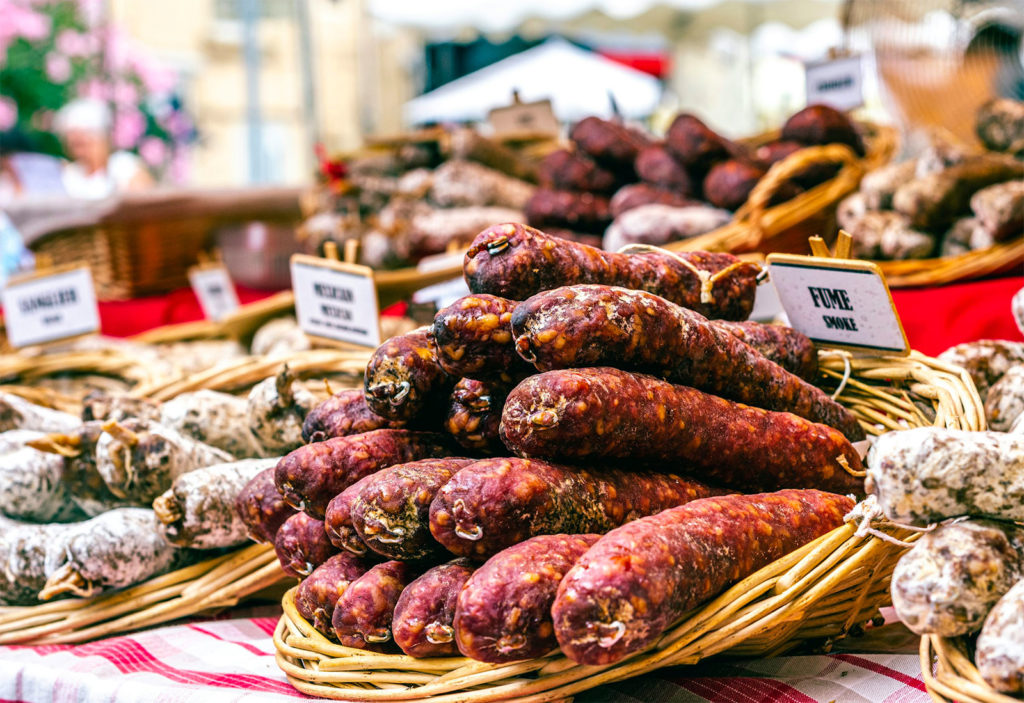
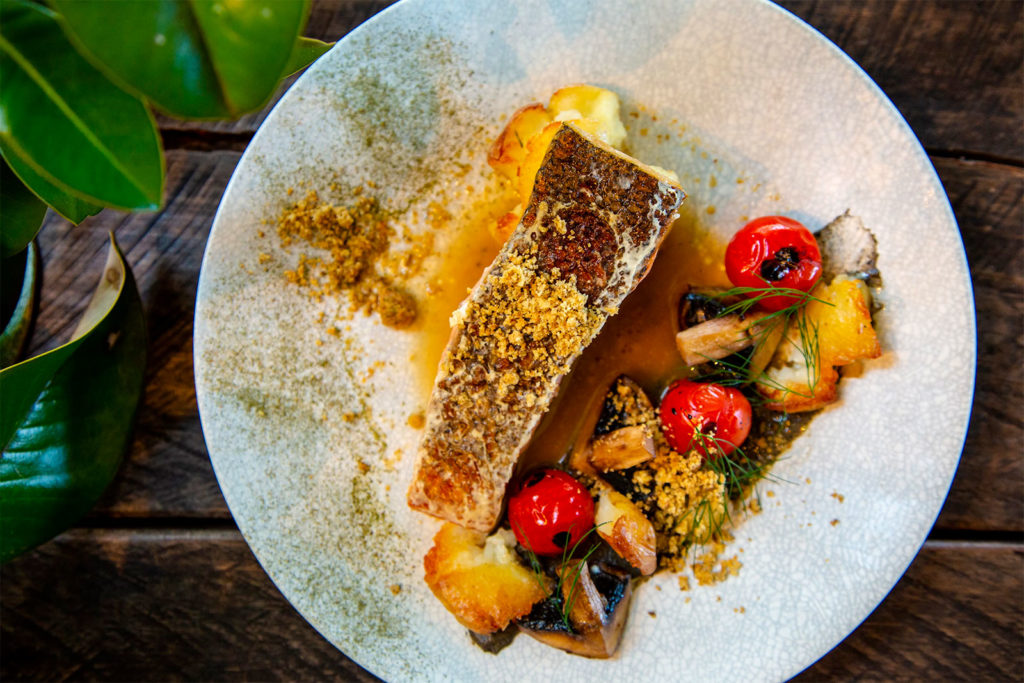

The social function and cultural persistence
A traditional French meal is also a collective act. Eating together is a cultural norm, not an exception. According to data from INSEE (2022), 79% of French households eat their main daily meal together, whether as a couple, family, or with guests. Meals are rarely eaten alone or on the move, particularly outside major urban centers.
Sunday lunch remains a national habit. It is the longest and most structured meal of the week. Often stretching from 12:30 p.m. to 3:00 p.m., it brings together generations. Typical dishes include pot-au-feu, boeuf bourguignon, or gigot d’agneau. These require slow cooking and are prepared in advance. Recipes are often inherited orally or handwritten, and rarely altered.
Time allocation for meals is also indicative. The French spend 2 hours and 11 minutes per day eating and drinking, the highest in Europe (Eurostat, 2023). Meals are viewed as time blocks, not interruptions. This behavior remains visible in the institutional context: school canteens, work cafeterias, and even hospitals observe structured meal times.
The ritual of mealtime also affects retail and business hours. In smaller towns, shops close between 12:00 p.m. and 2:00 p.m. to allow for a full lunch. This is not a nostalgic relic but an accepted organization of time. The structure of the French meal thus becomes part of the daily infrastructure.
Even when lifestyles evolve, the expectation of meal structure and shared time continues. Home delivery services and fast-food chains have grown, but their consumption remains separate from what is considered a “real meal.” Only 19% of adults in France eat fast food more than once a week (Crédoc, 2022), far below US rates.
A French meal, even if simplified, retains its function: creating a pause, reinforcing social ties, and establishing a rhythm for the day. That cultural function outweighs nutritional pragmatism.
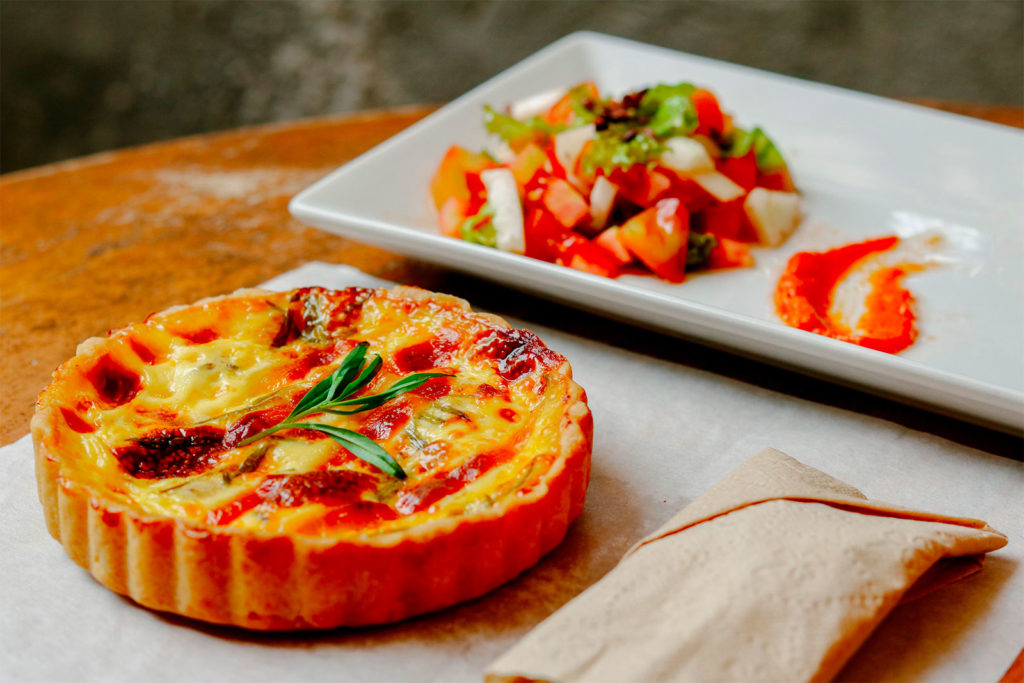
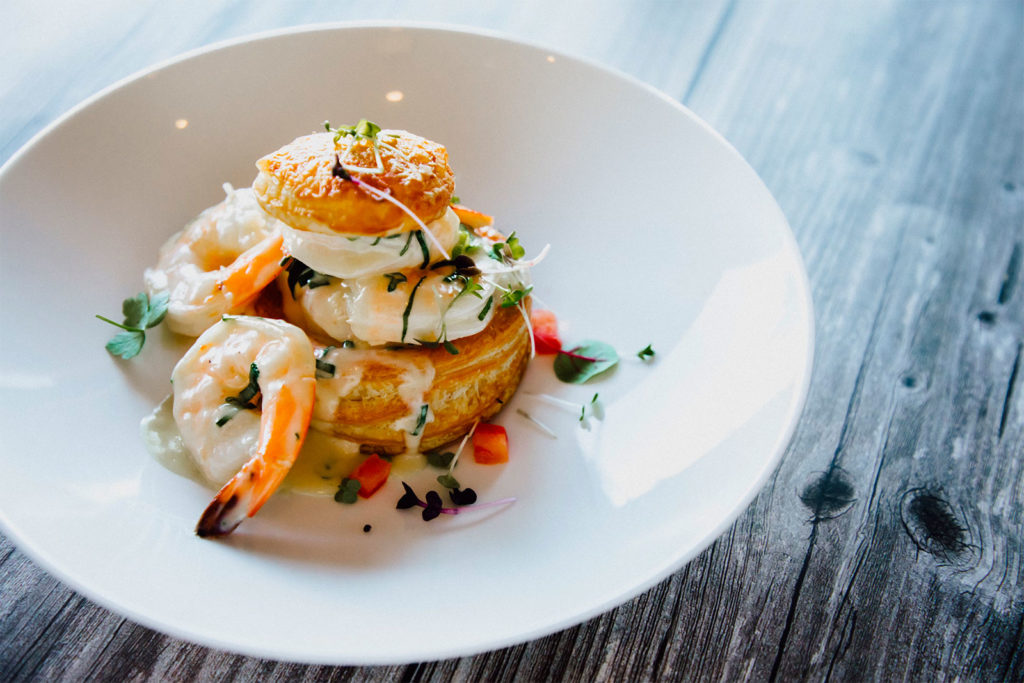
The economic and regional diversity of French meals
Despite its structured form, the traditional French meal is not homogenous. It changes based on geography, social class, and seasonal economy. Regional identity plays a defining role in daily cooking.
In Alsace, sauerkraut and pork dominate the plate. In Provence, olive oil, tomato, and herbs are foundational. In Brittany, seafood and crêpes are central. These differences are not reserved for restaurants or tourism but reflect home practices. A weekday family meal in Toulouse might include cassoulet, while in Lyon it may feature quenelles de brochet.
Price is another variable. A full home-cooked French meal (entrée, main, cheese, dessert) for four costs between 12 and 18 euros, depending on ingredients and region. By contrast, a restaurant menu du jour with two or three courses averages 14.90 euros outside major cities and 22.50 euros in Paris (2024 figures).
Access to fresh produce is crucial. Weekly markets remain a central part of meal planning, particularly outside metropolitan areas. 67% of French households say they shop at open-air markets at least once a month. This shapes how meals are planned: around availability, not rigid recipes.
Economic constraints are visible in the replacement of meat by eggs, legumes, or canned fish. The proportion of meals that include fresh meat daily has dropped from 58% in 2008 to 34% in 2022. Yet, the structure of the meal—starter, main, cheese, dessert—remains intact. The change affects content, not form.
Social meals—weddings, baptisms, local festivals—still follow extended meal structures, sometimes with five to seven courses. These can last 3 to 5 hours, often concluding with digestifs like eau-de-vie or armagnac. Even in secular or modern contexts, the structure of the French meal is preserved.
Regional cookbooks continue to sell steadily. Titles such as La cuisine des terroirs, Les recettes du Sud-Ouest, and La table Lyonnaise are published annually. They reinforce not just ingredients but structure and ritual.
This diversity underlines that the traditional French meal is not static but adaptive. What remains constant is its framework—ordered, social, and embedded in local rhythm.
XperienceFrance is your travel specialist in France.
